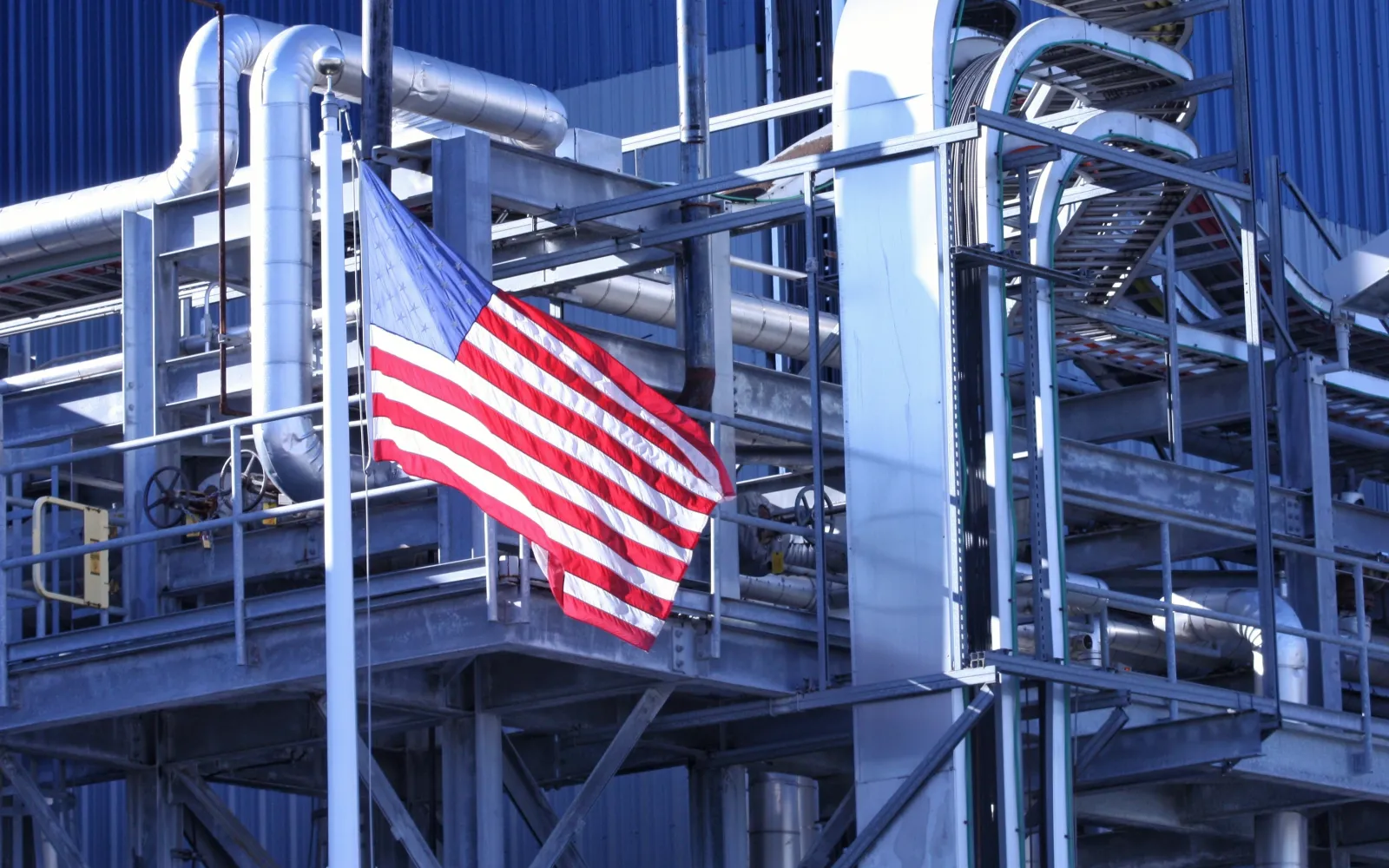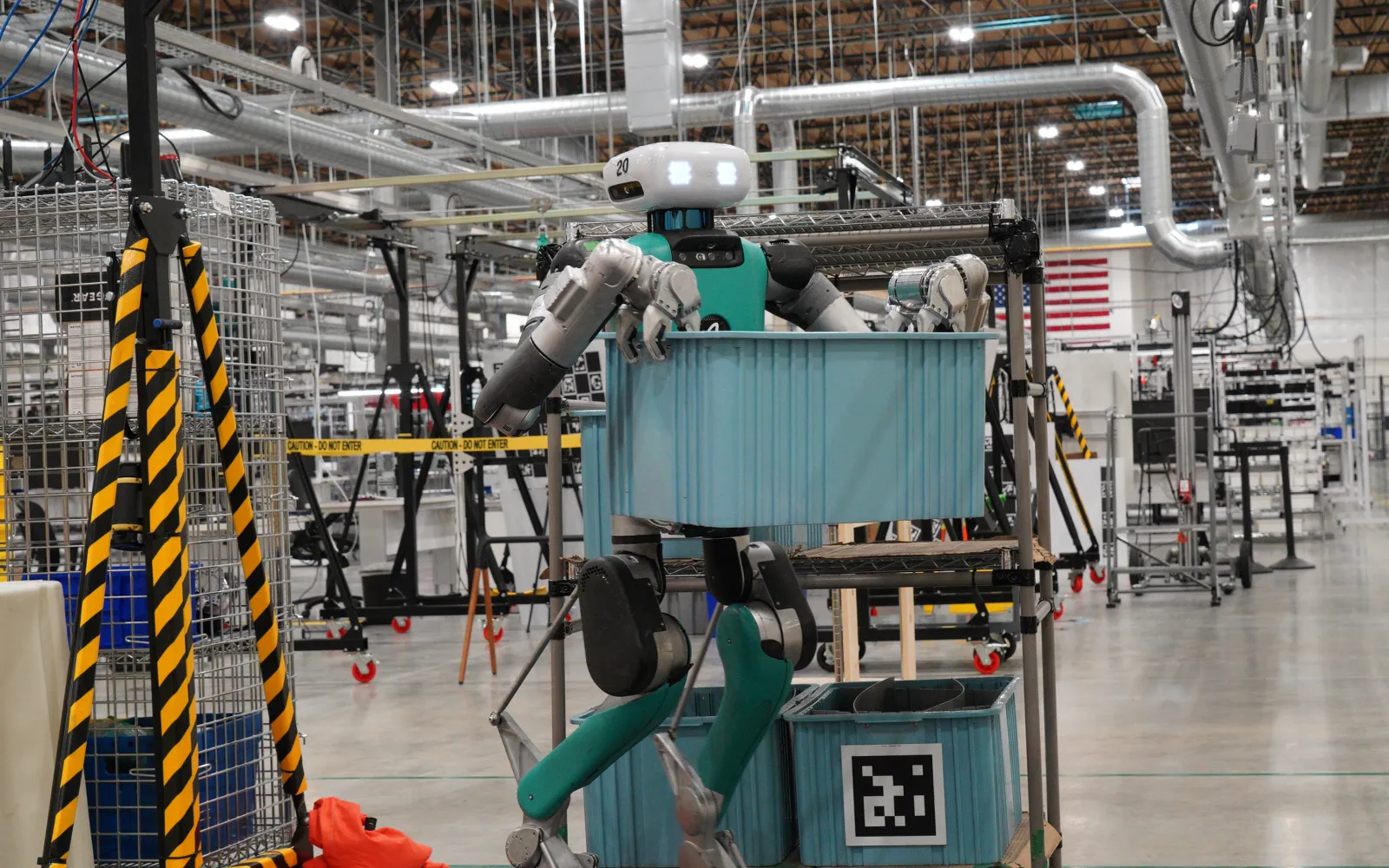

Advano
Using silicon to improve the performance of lithium-ion batteries
The world experienced massive change over the past 10 years as innovation sped up across the technology industry. Mobile devices became more powerful, electric cars became a reality. But the batteries powering these innovative tools largely remained the same – maxed out on power and stagnant in pricing. Tesla, for example, has the longest max range of any electric car manufacturer at 370 miles, but this is only a 10 percent increase from its previous high, and the electric car darling’s vehicles are outside the reach of everyday consumers without government subsidies to draw the price down within reason.
For innovation to continue at the breakneck pace of the past 10 years, and for electric vehicle sales to truly outpace that of gas-powered vehicles, the batteries we rely on must become both more powerful and more cost effective. And that means moving beyond standard graphite-based rechargeable li-on batteries. It’s exactly the type of challenge that excites us at DCVC and why we’re so pleased to back Advano as it emerges from stealth with $18.5 million in series A funding to bring its advanced, upcycled silicon solution to the battery industry.
Standard rechargeable li-on batteries impact consumers in many ways throughout their daily lives, whether it’s causing anxiety over a phone at 1% after just a few hours of use or requiring careful planning to ensure enough charging stations are in the path of a car that maxes out at a 300 mile range per charge. We’ve simply maxed out the capacity of graphite-based batteries, resulting in incremental updates that generate attention but don’t lower prices or truly create a better experience for customers.
Recognizing batteries as an inhibitor of adoption, Advano’s world-class battery design experts use a systems-based approach to understand the entire battery and create a new solution using upcycled scrap silicon waste from semiconductor or solar panel manufacturing. This finely engineered silicon solution, called A‑SiFix, replaces graphite in the battery to increase the energy density of li-on batteries – storing as much as 10x more energy than graphite. And as a customizable solution, it can be ‘dropped-in’ or integrated into the existing supply chains of battery and materials companies across different sectors to deliver safe, reliable, and scalable technology.
Increasing the energy density of li-on batteries using silicon as a replacement for graphite may not seem like the most eco-friendly swap due to the toxic manufacturing process of the material. But because it’s based on upcycled silicon, A‑SiFix extends the material’s lifecycle, protecting battery engineers and reducing silicon’s overall environmental impact. And since silicon can store much more energy than graphite, manufacturers can use much less material per battery, decreasing both the cost and the size of the batteries we use everyday.
Advano also announced a partnership with one of the largest battery materials suppliers in the world, Mitsui & Co., Ltd., to leverage its knowledge of manufacturing and access its vast distribution channels across multiple industries. That means consumers may soon see the benefits Advano’s silicon-based li-on battery solution — phones that are cheaper and don’t come with the worry of always needing a charger nearby, or electric vehicles that are affordable for the masses and allow drivers to always take the scenic route home.
In a corporate society that’s increasingly focused on revenues to the exclusion of all else, we’re excited to back companies that encourage businesses to improve our world because their solutions just make business sense, not because they rely on corporations to go against their capitalist instincts. Advano combines material performance improvements with demonstrable positive impacts to our planet to create a solution that simply makes business sense, and we couldn’t be more excited to see its growth.




